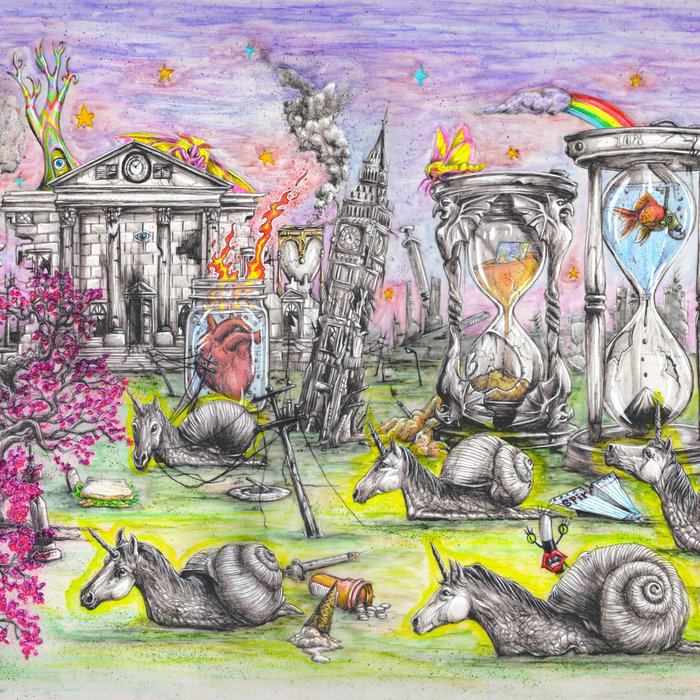
Cherry Blossom Trees (ft. Chris Conde) – Myles Bullen
this blog is GROOVY – check out great Soul, Funk, Jazz, Hip Hop, Bass, Breaks , Reggae, House n many more TUNES
Indie rock, a genre that’s as diverse as its name suggests, has roots deeply embedded in the heart of alternative music. It’s like that quirky friend you can’t quite pin down – sometimes it’s moody, other times it’s upbeat, but always with a charm that captures your attention. Buckle up and let’s dive into the fantastic world of indie rock!
The term “indie” originally referred to independent labels and bands making music outside the mainstream. In the late 1970s and early 1980s, punk rock laid down some serious groundwork for many indie acts. Think about it—if you can blast through three chords on a guitar without needing a gazillion-dollar contract, why not give it a go? Bands like The Velvet Underground and Television paved the way for groups that wanted to express themselves without corporate strings attached.
Fast forward to the 1980s, when bands like R.E.M. and The Smiths started gaining traction on college radio stations. They were part of what was known as “college rock,” which eventually morphed seamlessly into indie rock as we know it today. These guys had more jangly guitars than an old toy box! Their sound struck a chord with listeners craving authenticity over polished pop.
By the 1990s, indie rock exploded onto bigger stages thanks to iconic releases from bands such as Pavement, Sonic Youth, and those kings of cool – Beck! Who could forget when Beck brought us “Loser”? Indie became synonymous with being offbeat but oh-so-catchy at the same time.
But let’s get real here; while these musicians were busy shaping sounds, they also provided some pretty entertaining moments off-stage:
Beck once famously said, “I’m not really sure if I’m supposed to be here or not.” Imagine performing cornered by expectations – classic Beck!
Then there are those legendary stories about Sonic Youth’s Kim Gordon refusing to cut her hair for TEN YEARS because she thought long hair gave her superpowers (in an artistic sense). Talk about dedication!
As we rolled into the new millennium, indie artists began appearing everywhere—from hipster coffee shops to massive festivals like Coachella. Bands such as The Strokes, Arcade Fire, and later on even Vampire Weekend hit us with catchy tunes that had everyone singing along (or at least attempting their best croons).
Funny Fact Alert: Did you know Julian Casablancas of The Strokes once showed up for an interview wearing shades inside because he thought reporters would take him less seriously? Sometimes looking too cool ain’t so cool!
With technology rapidly changing how music was produced and listened to during this time frame —hello streaming services— independent artists found new ways around traditional distribution systems. Sites like Bandcamp opened doors for musicians who might have previously gone unnoticed.
No longer did artists need major labels—they just needed WiFi! That DIY ethos became essential in defining what indie means—think home recordings mixed with heartfelt lyrics over slick production values.
On top of this technological boom came another memorable moment in our groovy history—the triumphant rise of Gnarls Barkley‘s “Crazy” which made charts dance worldwide all while still being unusually artsy yet catchy enough for every karaoke bar sing-along!
Today’s landscape is rich with sounds courtesy of incredible talents from various backgrounds infused into their craft—from electronic influences bringing fresh vibes-props out loud-to smooth jazz-inflected riffs surfacing inspiring melodies across genres combining forces forming something unique altogether… Yes please!!
Indie’s twisty journey includes names such as Tame Impala giving us psych-rock feels one day only later followed abruptly by Haim reminding folks how women rule both stage presence vibes <3 (#girlpower)!
Here comes beloved little known organization called KEXP which broadcasts live performances showcasing underground gems getting ready before they explode onto big scene making waves nationwide globally recognized turning obscure finds into viral sensations overnight!! And remember when Billie Eilish (well now she’s mega-famous) humble beginnings stemmed from collab efforts posted directly online?
And hey here’s an amusing nugget for ya:
So there you have it—a wild ride through history shedding light on all things indie rock! Sure it’s evolved immensely since its humble beginnings—but whether you’re blasting Neutral Milk Hotel, feeling existential at midnight or rocking out hard alongside those modern firecrackers today…one thing remains true; never forget original spirit fueling this genre rests within heartbeats shared amongst fans across globe celebrating diversity creativity together bringing pure joy into mix!!
Let’s embrace our inner groove machines every chance possible because after all…music keeps running through veins long after last note fades away 🎶❤️🕺💥

Cherry Blossom Trees (ft. Chris Conde) – Myles Bullen
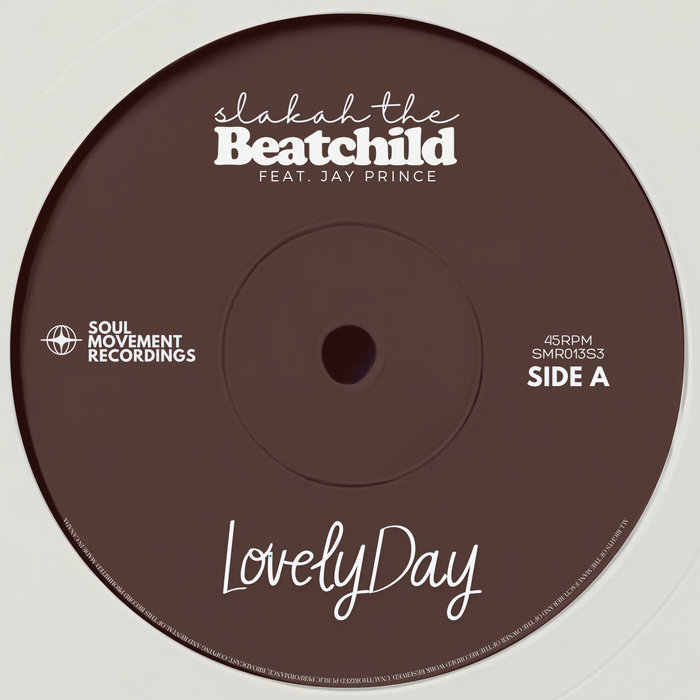
Lovely Day – Slakah the Beatchild, Jay Prince
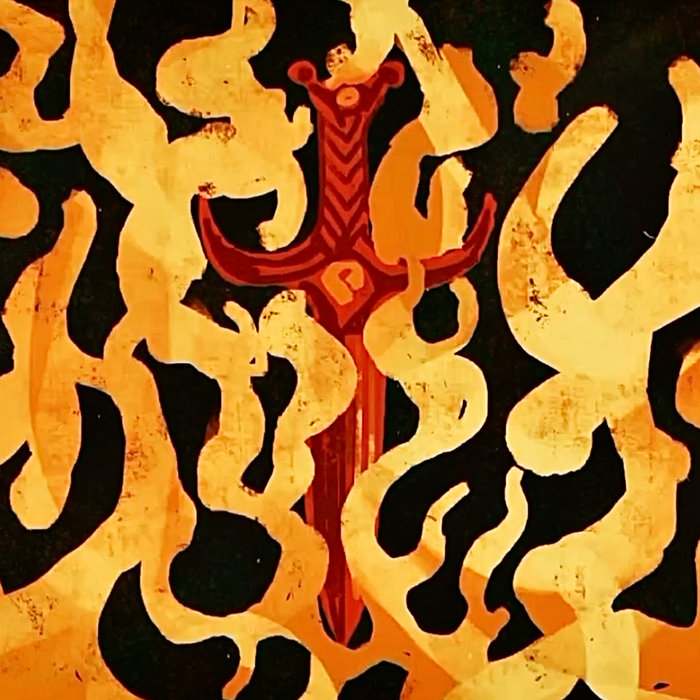
Tone of the Blade – Tommy Guerrero
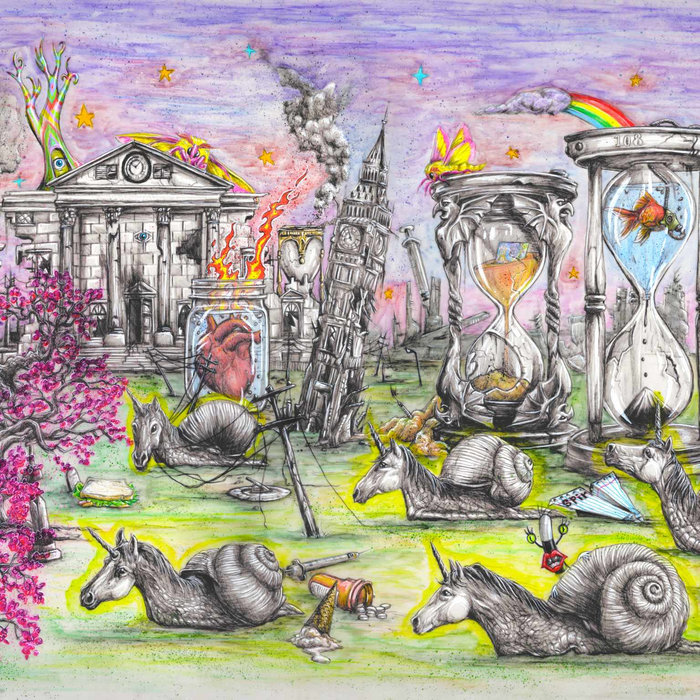
Stephen King & Moxie (ft. Ceschi) – Myles Bullen
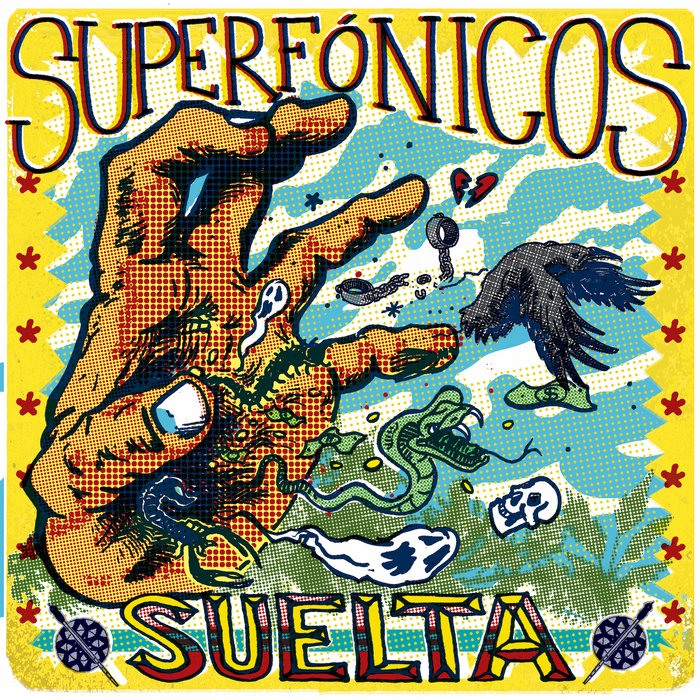
Ethiopian Dust – Superfónicos
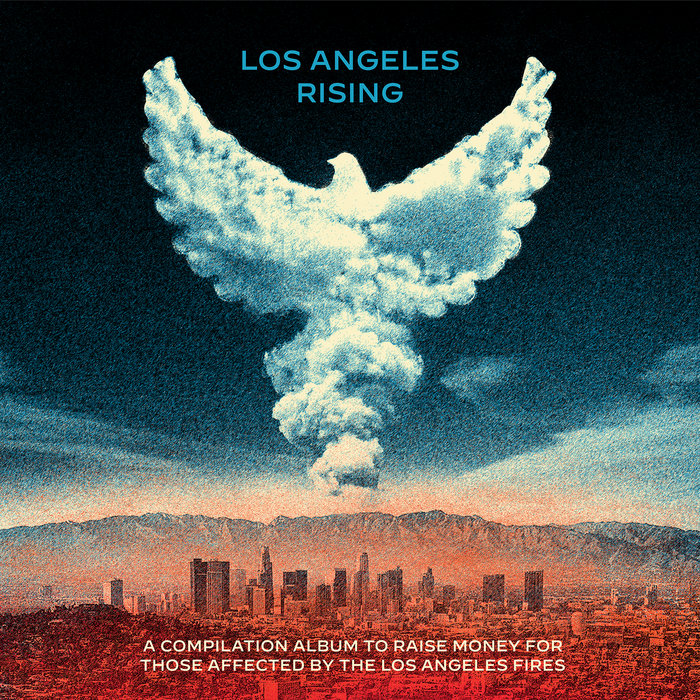
Worm Tamer – LaunayVauz Remix – GRINDERMAN
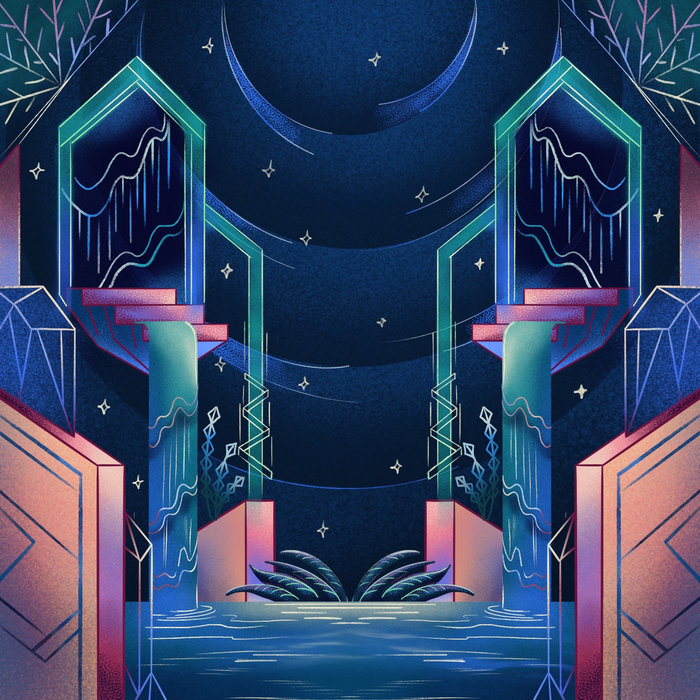
Feel Your Heart – Tokyo Tea Room
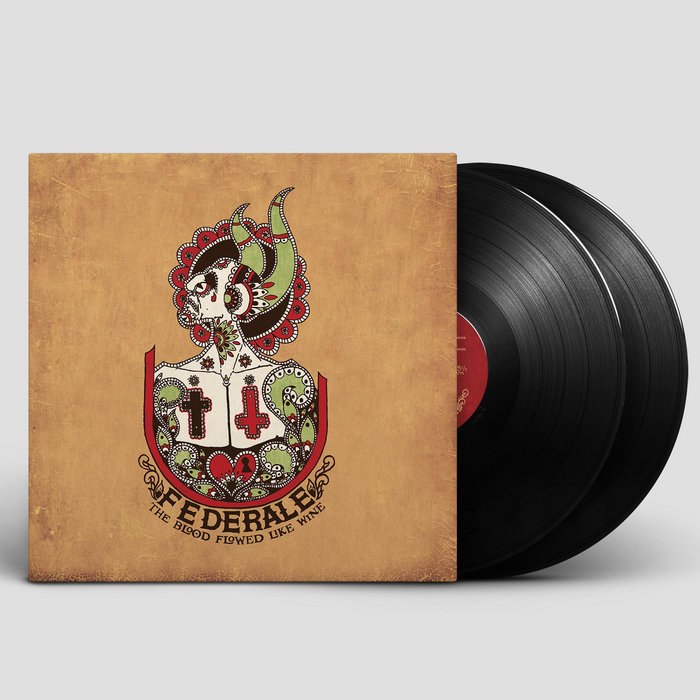
The Blood Flowed Like Wine – Federale
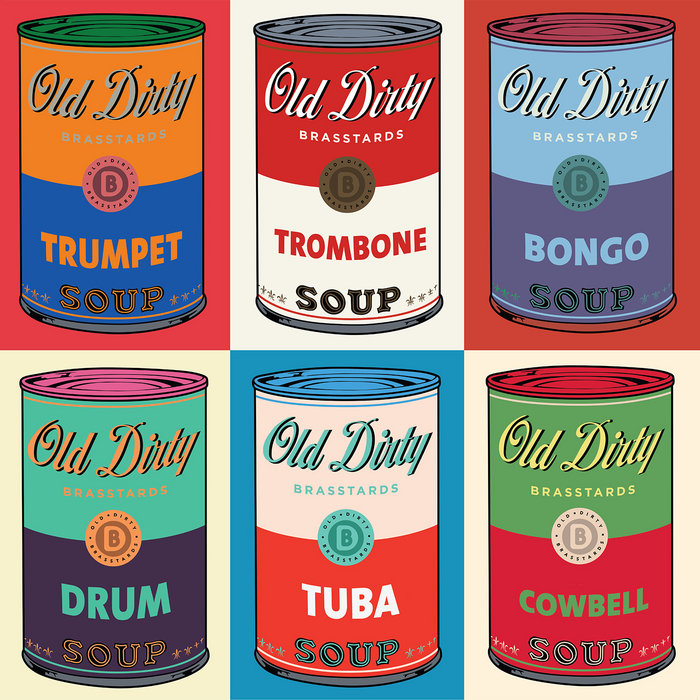
Move On Up – Old Dirty Brasstards
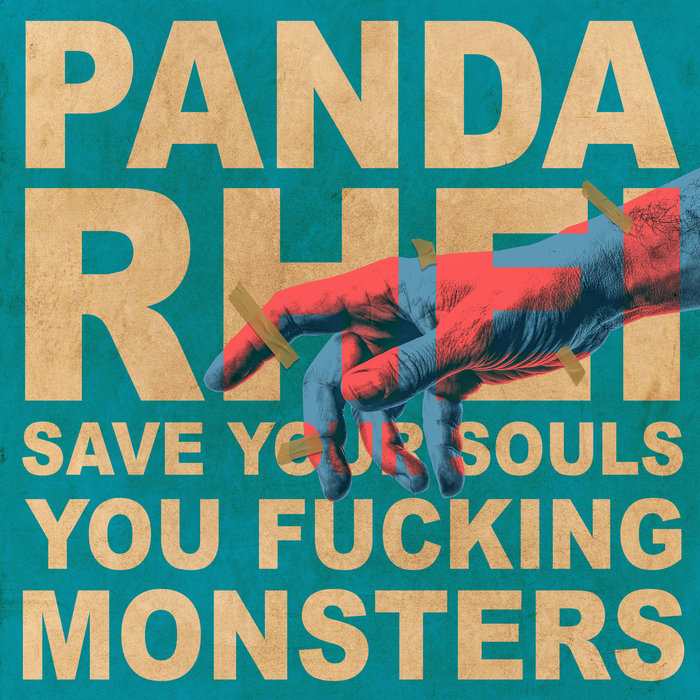
Congas Baby! – Panda Rhei